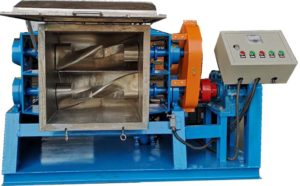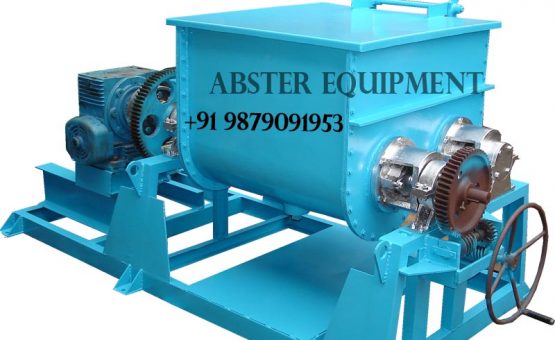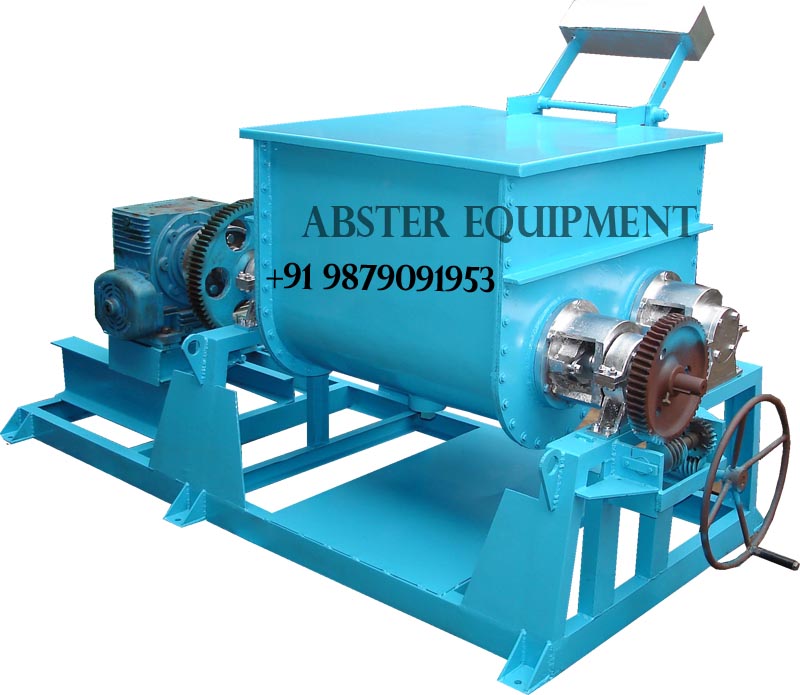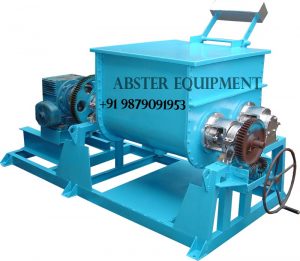#Best Sigma Kneader Mixer manufacturer
#Best Sigma Kneader Mixer manufacturer

This kind machine is mainly used in high viscosity product
——Chemicals Industry:
Resins, Sealant, silicon rubber, glue/ adhesive, paint, dye, BMC/CMC, pigment, plastics, batteries. Tooth paste, Clay etc.
——Food Industry:
Bubble gum, dough, chewing gum, soft candy, cheese etc.
——Pharmaceutical:
Medicines & Pharmaceutical materials.
Discharge Way: Hydraulic tilt; Screw extruding ,Bottom valve.
Heating: Steam heating, Thermal oil heating & Electric heating
Type:Normal type: Pressure type & Vacuum type.
Material: can be SS304,SS316 or carbon steel.
Rotation Speed: can be controlled by frequency converter,or fixed.
Blades& Contact part: will be fine polished
Capacity: 2-5000L
sigma kneader mixer
double blade sigma mixer
lab kneader mixer
Z Blade kneader Mixer
play dough Double Z Arm mixer machine
Clay Dough Sigma Mixer
Z Blade kneader Mixer
The lab model Double Sigma Blade batch systems provide complete, homogeneous mixing, even in small quantities.
The mixing action is a combination of bulk movement, shearing, stretching, folding, dividing, and recombining as the material is pulled and squeezed against blades, saddle, and side walls. Continually new layers of material are compressed and folded over one another and are subjected to shearing forces.
Working Principle of Sigma Mixer
In Sigma mixer tangential action of mixing and kneading obtained by ‘Z’ type (SIGMA) shaped kneading blades, which rotates very accurately at different speed towards each other causing product to be transferred from one end to another end. Discharge of the finished product is achieved by tilting the container or through the valves at the bottom or by means of an extrusion screw beside the container.
The mixing action is a combination of bulk movement, stretching, folding, dividing, and recombining of the material. The shearing & tearing action of the material against blades and the side walls causes size reduction of the solids. After the time period required for sterilizing the batch has elapsed, the heating circuit shuts of the pneumatics damper (exhaust) opens and cooling operation commences.
In the tangential design, the blades rotate in the trough meeting tangentially. The front blade generally rotates faster than the rear blade usually in the ratio of 3:2. Tangential blades are generally used for material of higher viscosities such as adhesives, rubber compounds, flush colors, dyes, and pigments.
In the overlapping design, the blades overlap above the saddle of the container. Due to the overlapping action, it is necessary that the relative position of the two blades is unchanged, and as a result, both the blades rotate at the same speed. Materials that flow freely or creep down into the blades are mixed using the overlapping blade action. This design offers a faster interchange of material from one blade compartment of the mixer to the other. Overlapping blade action is used for materials of lighter viscosities such as carbon pastes, clay coating, creams, and ointments. The overlapping blade produces a lower kneading and shearing compared to the tangential blade action
Main features :
- Wide range of sizes from 2-50 litre working capacity.
- Adjustable blade arm rotation
- Quick disassembly of the through-ends opposite the drive and blades for easy cleaning.
- Stainless steel construction.
- Simple installation – only a single power cable.
- Stainless steel with sight-grid cover for product viewing during mixing.
- Vacuum design available.



